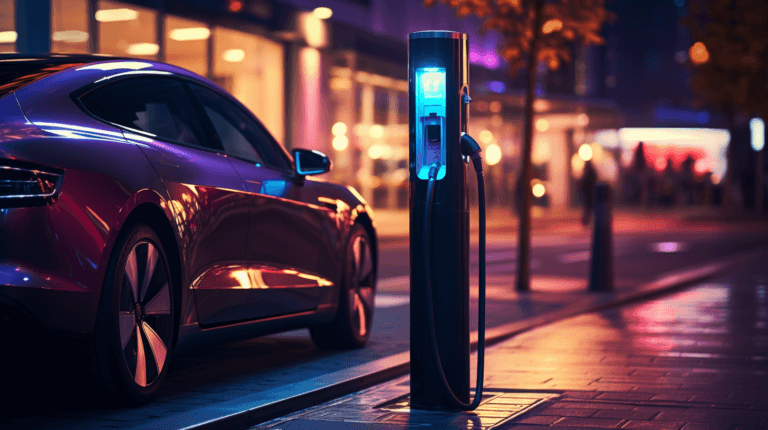3 Key EV Charging Technologies Shaping Future E-Mobility
The global wireless EV charging technologies market is projected to grow significantly over the next 10 years.
According to Fact.MR, the market is expected to expand from an estimated $36.5 million in 2024 to $13.8 billion by 2034, with an impressive CAGR of 81%.
This substantial growth projection clearly shows a rapid increase in the availability and adoption of wireless charging technologies for electric vehicles.
Alongside that, electric vehicles (EVs) are continuing to grow in popularity, and we need simpler and more effective ways to charge them.
Wireless EV charging technologies are seen as the nirvana for charging, allowing drivers to park their car, walk away and leaving the charging to take place without the need for cumbersome cables or messing with apps for authorisation.
These solutions leverage advanced electromagnetic principles and state-of-the-art power electronics to facilitate seamless energy transfer.
Here are 3 key wireless EV charging technologies which are forging the road ahead for future e-mobility.
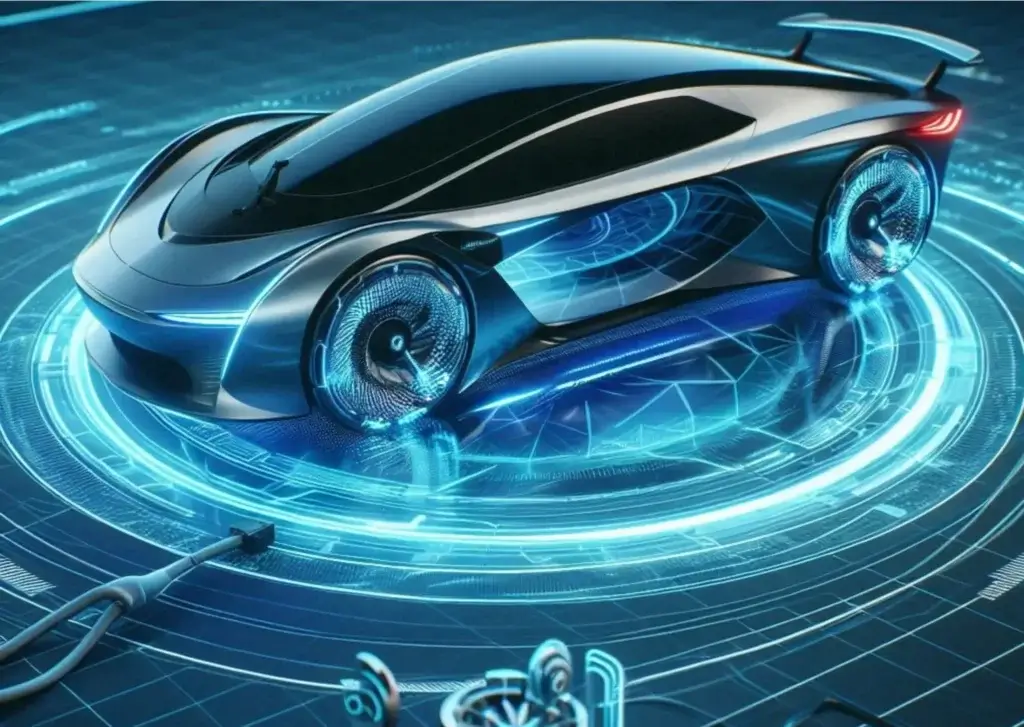
1. Inductive Charging: The Foundation of Wireless EV Charging
Inductive charging, also known as magnetic induction charging, is the cornerstone of wireless EV charging technology. This method uses electromagnetic fields to transfer energy between a charging pad on the ground and a receiver pad installed in the vehicle.
The process is based on Faraday’s law of electromagnetic induction, where a time-varying magnetic field induces an electromotive force in a nearby conductor.
In practical terms, this involves a primary coil in the charging pad generating an oscillating magnetic field, which is then picked up by a secondary coil in the vehicle, converting it back into electrical energy to charge the battery.
The system typically operates at frequencies between 80-300 kHz, with power transfer capabilities ranging from 3.3 kW for domestic applications to over 20 kW for commercial and public charging stations.se
It implements advanced protocols such as ISO/IEC 15118 for high-level communication between the vehicle and charging station, facilitating features like Plug and Charge (PnC) and smart charging.
The controller also manages power flow control, monitors safety parameters, and handles user authentication, making it an indispensable component in modern inductive charging systems.
2. Resonant Charging: Enhancing Efficiency and Range
Resonant charging works by using resonant magnetic fields to transfer energy. This technology allows for greater flexibility in charging pad placement and improved efficiency over longer distances.
The principle behind resonant charging is based on the concept of coupled magnetic resonance, where both the transmitter and receiver coils are tuned to the same resonant frequency, typically in the range of 6.78 MHz to 13.56 MHz.
This resonant coupling allows for efficient power transfer even when the coils are not perfectly aligned, a significant advantage over traditional inductive charging.
The system employs high-frequency inverters and sophisticated impedance matching networks to achieve optimal power transfer efficiency, which can exceed 90% under ideal conditions.
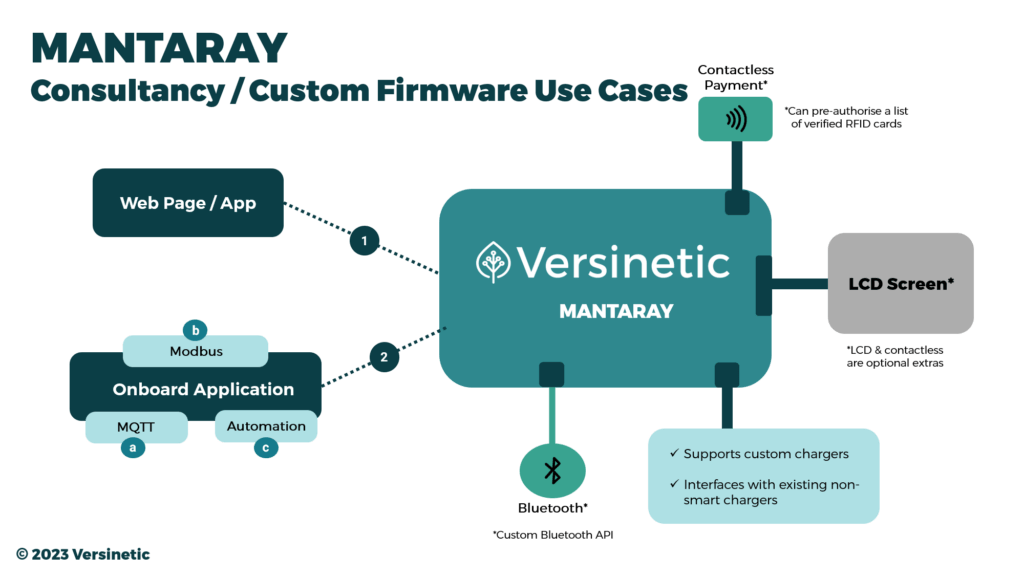
3. Dynamic Wireless Charging: Powering EVs on the Move
Dynamic wireless charging is an exciting and technologically complex solution that allows EVs to charge while in motion.
This system involves embedding charging coils in the road surface, enabling vehicles to receive power as they drive over these electrified sections.
The technology deploys a series of segmented transmitter coils embedded in the road, which are sequentially activated as the vehicle passes over them.
This requires sophisticated power electronics and control systems to manage the rapid switching of power between coils and to optimise the energy transfer efficiency. The system typically operates at frequencies between 20 kHz and 100 kHz, with power transfer capabilities ranging from 20 kW to 200 kW, depending on the vehicle speed and infrastructure design.
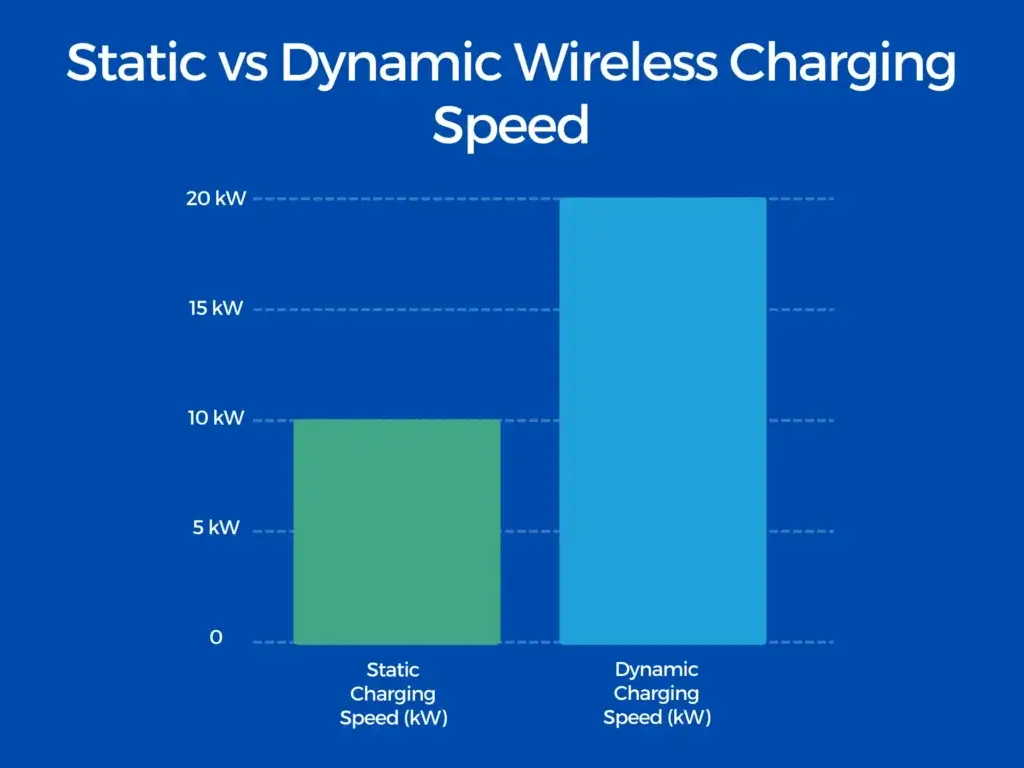
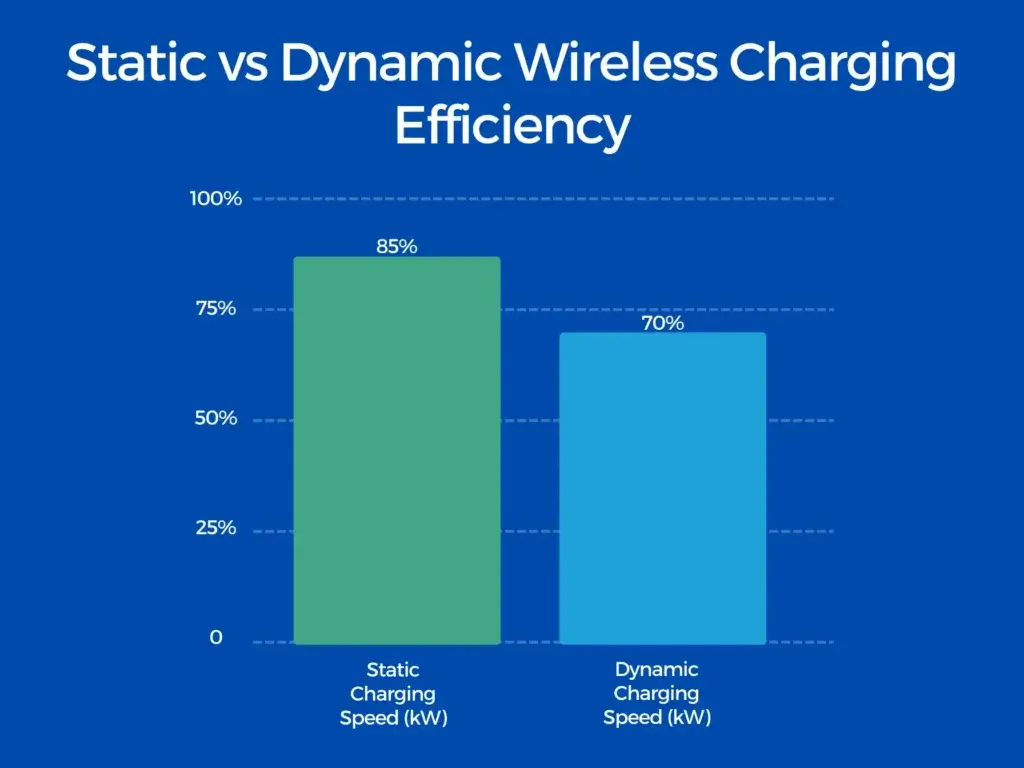
- Panchal, C., Stegen, S., & Lu, J. (2018). Review of static and dynamic wireless electric vehicle charging system. Engineering Science and Technology, an International Journal, 21(5), 922-937.
- Mi, C. C., & Buja, G. (2016). Wireless Power Transfer for Electric Vehicles. In Wiley Encyclopedia of Electrical and Electronics Engineering (pp. 1-19). John Wiley & Sons, Inc.
- Patil, D., McDonough, M. K., Miller, J. M., Fahimi, B., & Balsara, P. T. (2018). Wireless Power Transfer for Vehicular Applications: Overview and Challenges. IEEE Transactions on Transportation Electrification, 4(1), 3-37.
- Cirimele, V., Diana, M., Freschi, F., & Mitolo, M. (2018). Inductive Power Transfer for Automotive Applications: State-of-the-Art and Future Trends. IEEE Transactions on Industry Applications, 54(5), 4069-4079.
- Covic, G. A., & Boys, J. T. (2013). Modern Trends in Inductive Power Transfer for Transportation Applications. IEEE Journal of Emerging and Selected Topics in Power Electronics, 1(1), 28-41.
While still in the research and development phase, dynamic wireless charging holds immense potential for extending EV range and reducing the need for frequent stops.
Versinetic is actively involved in developing software solutions for dynamic charging systems, focusing on optimising power transfer and ensuring seamless communication between the road infrastructure and vehicles.
This involves the development of real-time control algorithms to manage coil activation, vehicle detection and tracking, and power flow optimisation.
Versinetic is integrating these systems with vehicle-to-infrastructure (V2I) communication protocols to enhance efficiency and safety in dynamic charging scenarios.
4. The Future of Wireless EV Charging
Wireless EV charging technologies are continuously improving and will change the way we charge our electric cars to help make charging easier and more efficient.
These advancements also support sustainability. Because of these new innovations, more people are choosing EVs.
The use of new power electronics is helping to make better charging solutions. Smart control systems and new communication methods play a big role in this process.
The future of wireless EV charging is likely to see further advancements in several key areas:
- Increased power transfer rates, potentially reaching up to 350 kW for ultra-fast charging applications
- Enhanced interoperability between different charging systems and vehicle makes, facilitated by standardisation efforts such as the SAE J2954 standard for wireless charging
- Integration with smart grid technologies, enabling bidirectional power flow and vehicle-to-grid (V2G) capabilities
- Improved foreign object detection and living object protection systems, using advanced sensing technologies and machine learning algorithms
- Development of more compact and efficient power electronics, leveraging wide-bandgap semiconductors such as silicon carbide (SiC) and gallium nitride (GaN)
5. Driving the Development of New EV Charging Technologies
Versinetic remains at the forefront of this technological revolution, offering comprehensive charging point solutions that encompass both hardware and software development.
Our team of skilled engineers continually pushes the boundaries of what’s possible in wireless charging technology, developing innovative solutions that address the unique challenges of the EV charging landscape.
As we move towards a future of seamless, wireless EV charging, Versinetic’s expertise in power management solutions and automotive technology will play a crucial role in shaping the electric mobility landscape. Our commitment to research and development in areas such as high-frequency power electronics, advanced control algorithms, and intelligent energy management systems positions us to drive innovation in the field of wireless EV charging.
6. Summary
The transition to wireless charging technologies represents a significant step towards a more sustainable and convenient transportation ecosystem.
As these technologies mature and become more widely adopted, we can expect to see a transformation in urban infrastructure, with wireless charging capabilities integrated into parking spaces, highways, and public areas.
This ubiquitous charging infrastructure will help to alleviate range anxiety and make EV ownership more appealing to a broader segment of the population.
Ultimately, the convergence of wireless charging with other emerging technologies such as autonomous vehicles and smart city initiatives presents exciting possibilities for the future of mobility.
Ready to Future-proof Your EV charging System?
Save up to 2 years of development time with our hardware and software technologies
such as the LinkRay local load balancer, EV charger dev kit, and EVerest Integration Service.
Our expert engineers are ready to help you navigate the complexities of EV charging technology and develop competitive solutions tailored to your specific requirements.



